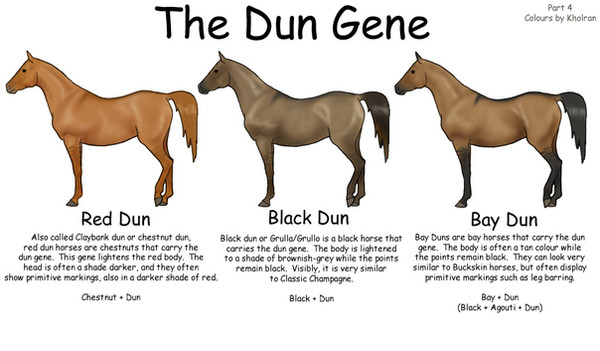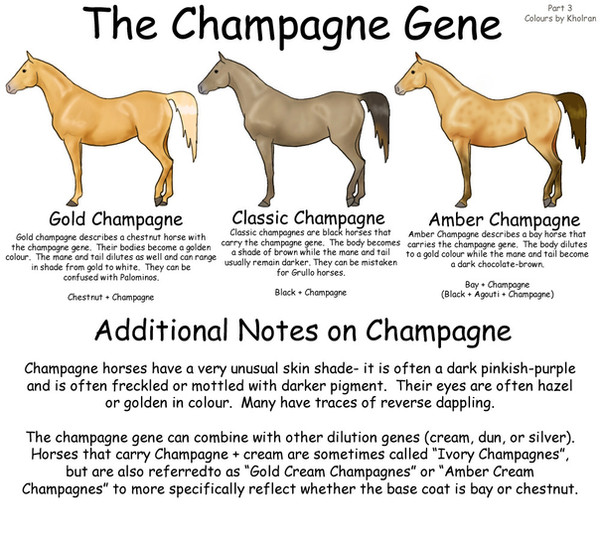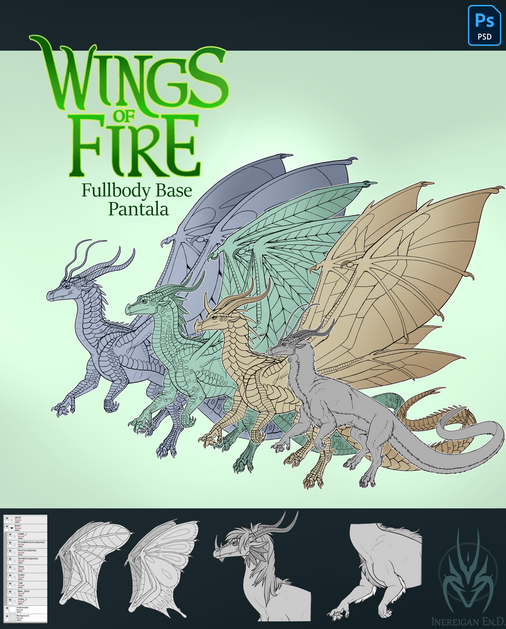HOME | DD
 Kholran — Equine Colors- The Dun Gene
Kholran — Equine Colors- The Dun Gene

Published: 2009-01-28 05:41:29 +0000 UTC; Views: 19443; Favourites: 181; Downloads: 987
Redirect to original
Description
Part 4.The Dun gene and it's effects on the three base colors.
Part One: The Base Colors [link]
Part Two: The Cream Gene [link]
Part Three: The Champagne Gene [link]
Part Five: The Silver Gene [link]
Part Six: White Patterns [link]
Related content
Comments: 5

can I ask a silly question..
is the black dun also refered to as the burnt dun/burnt buckskin?
I love that you have these references up..ive been studying coat colours for a while now as i get more into digital paintings 
👍: 0 ⏩: 1

I've never heard the term "burnt buckskin" or "burnt dun" used. Most all registries use either Black Dun or Grulla when describing the colour. It may be a term some artists use to be more descriptive, but not one used commonly/at all in the real horse world, as far as I'm aware.
👍: 0 ⏩: 1


👍: 0 ⏩: 1

Ohh that would be why then. It's not used at all up here in the US, however I've known Aussieland to use a lot of terms that we don't (like "Taffy" for bay/black silver). The UK also uses different terminology to describe the colours too (for example, they rarely use the terms "Tobiano" or "Overo", instead just labelling every pinto "Piebald" or "Skewbald"). It's just cultural difference, I suppose, the genetics are still the same
👍: 0 ⏩: 1

Yeah I know that, Which used to confuse me (about the skewbald/piebald) 
Most likely yeah
👍: 0 ⏩: 0

























